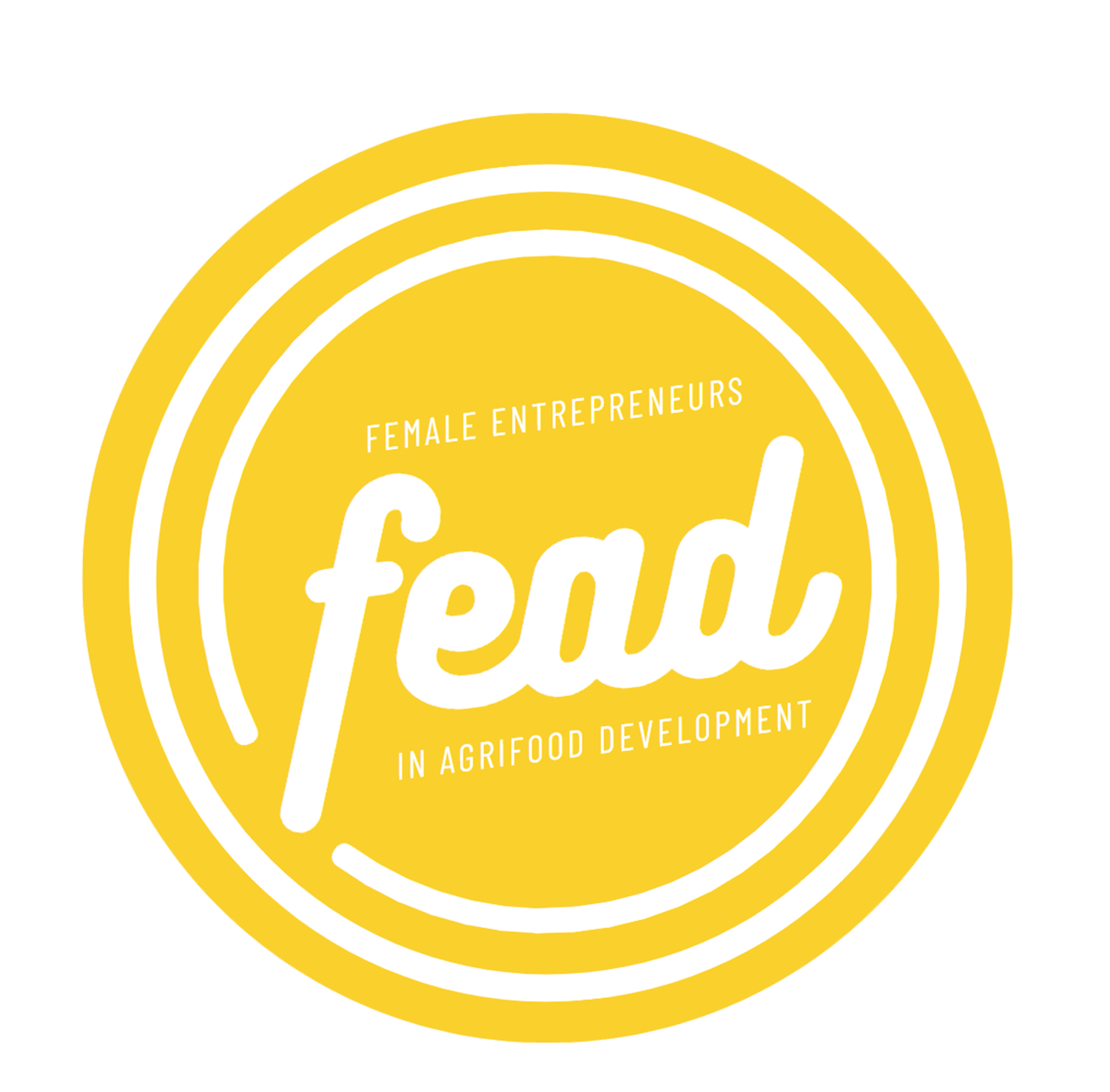Leveraging AI: A Guide for Food Entrepreneurs on How to Train ChatGPT for Optimal Responses
This blog post aims to provide food entrepreneurs with valuable insights into how to effectively train ChatGPT to respond in the way they desire, helping them harness the full potential of this AI technology.
In an era of rapidly advancing technology, artificial intelligence (AI) has revolutionized various industries, including the food sector. Entrepreneurs in the food industry are increasingly turning to AI-powered tools to streamline operations, enhance customer experiences, and gain a competitive edge. One such tool is ChatGPT, a versatile language model developed by OpenAI.
Understanding ChatGPT
ChatGPT is a state-of-the-art language model capable of understanding and generating human-like text. It operates on a deep learning architecture and can be fine-tuned to cater to specific applications and domains. This adaptability makes it a valuable resource for food entrepreneurs seeking to engage with customers, optimize supply chains, or even create innovative recipes.
Why Training ChatGPT Matters
Training ChatGPT is essential because it allows you to mold the AI model to align with your business objectives and requirements. When properly trained, ChatGPT can:
Enhance Customer Service: AI-powered chatbots can provide 24/7 customer support, answer frequently asked questions, and resolve issues efficiently.
Personalize Customer Experiences: ChatGPT can analyze customer data and provide personalized recommendations, increasing customer satisfaction and loyalty.
Improve Decision-Making: Entrepreneurs can use ChatGPT to analyze market trends, customer feedback, and competitor data to make informed business decisions.
Boost Innovation: Food entrepreneurs can collaborate with ChatGPT to generate new recipe ideas, conduct ingredient substitutions, and even optimize cooking processes.
Training ChatGPT Effectively
Now that we understand why training ChatGPT is crucial, let's delve into how food entrepreneurs can train this AI model effectively:
Define Your Objectives: Begin by defining clear objectives for training ChatGPT. Are you looking to enhance customer interactions, develop a recipe recommendation system, or optimize your supply chain? Establishing these goals will guide your training process.
Collect Relevant Data: To train ChatGPT effectively, you'll need a substantial dataset related to your objectives. For food entrepreneurs, this could include customer inquiries, product descriptions, recipes, and industry-specific terminology.
Preprocessing Data: Cleaning and preprocessing data is vital to remove noise and inconsistencies. Ensure your data is well-structured and organized before feeding it into the model.
Fine-Tuning: ChatGPT can be fine-tuned on your specific dataset using techniques like transfer learning. This process adapts the model to your domain, making it more knowledgeable and context-aware.
Set Guidelines and Boundaries: Establish guidelines for how ChatGPT should respond to different queries. Clearly define what is acceptable and what isn't, ensuring that the AI respects ethical, legal, and brand-specific boundaries.
Continuous Feedback Loop: Training ChatGPT is an ongoing process. Continuously monitor its responses and gather feedback from users. Use this feedback to retrain the model and improve its performance over time.
Test Thoroughly: Before deploying ChatGPT in a real-world scenario, rigorously test it with various sample inputs. This helps uncover any potential issues and ensures that the AI provides accurate and reliable responses.
Ethical Considerations: As food entrepreneurs embark on their AI journey with ChatGPT, it's crucial to remain mindful of ethical considerations:
Bias Mitigation: Regularly audit and address biases in AI responses to ensure fairness and inclusivity.
Privacy Protection: Safeguard customer data and ensure compliance with data protection regulations.
Transparency: Be transparent with users about the AI's capabilities and limitations.
In the fast-paced world of the food industry, AI technologies like ChatGPT offer immense potential for innovation and efficiency. By learning how to effectively train ChatGPT to respond in alignment with your business goals, food entrepreneurs can elevate their customer experiences, optimize operations, and stay ahead of the competition. However, it's essential to approach AI training with diligence, ethics, and a commitment to continuous improvement to reap the full benefits of this powerful technology.





